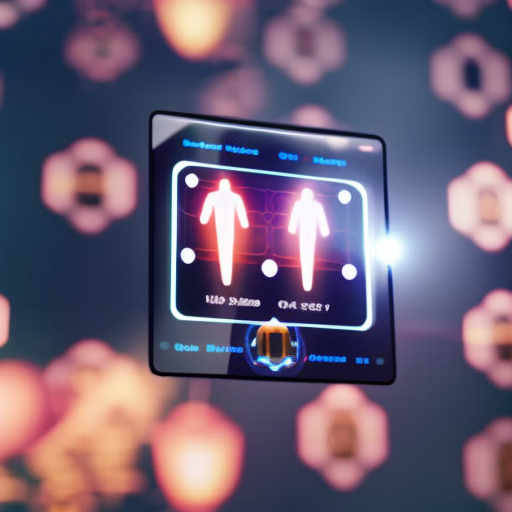Summary:
Remote patient monitoring (RPM) is a technology-enabled healthcare service that allows healthcare providers to monitor patients’ health remotely. It involves the use of various devices, such as wearable sensors, mobile apps, and telehealth platforms, to collect and transmit patient data to healthcare professionals. RPM has the potential to improve patient outcomes, reduce healthcare costs, and enhance the overall quality of care.
Overview:
Remote patient monitoring (RPM) is a rapidly growing field in healthcare that leverages technology to monitor patients’ health remotely. It enables healthcare providers to collect and analyze patient data without the need for in-person visits. RPM utilizes various devices, such as wearable sensors, mobile apps, and telehealth platforms, to gather and transmit patient information to healthcare professionals.
Benefits of Remote Patient Monitoring:
1. Improved Patient Outcomes: RPM allows healthcare providers to continuously monitor patients’ vital signs, symptoms, and medication adherence. This real-time data enables early detection of potential health issues, leading to timely interventions and improved patient outcomes.
2. Cost Reduction: By reducing the need for frequent hospital visits and preventing unnecessary hospitalizations, RPM can significantly lower healthcare costs. It also enables more efficient use of healthcare resources and reduces the burden on healthcare systems.
3. Enhanced Patient Engagement: RPM empowers patients to actively participate in their own healthcare by providing them with access to their health data. Patients can monitor their progress, set goals, and make informed decisions about their health, leading to increased engagement and better self-management of chronic conditions.
4. Improved Access to Care: RPM eliminates geographical barriers and allows patients in remote or underserved areas to receive quality healthcare. It enables healthcare providers to remotely monitor and manage patients’ health, reducing the need for patients to travel long distances for medical consultations.
5. Early Detection and Prevention: RPM facilitates early detection of health issues by continuously monitoring patients’ health parameters. This proactive approach enables healthcare providers to intervene before a condition worsens, preventing complications and reducing hospitalizations.
Applications of Remote Patient Monitoring:
1. Chronic Disease Management: RPM is particularly beneficial for managing chronic conditions such as diabetes, hypertension, and heart disease. It enables healthcare providers to monitor patients’ vital signs, track medication adherence, and provide timely interventions to prevent complications.
2. Post-Operative Care: RPM can enhance post-operative care by remotely monitoring patients’ recovery progress, wound healing, and pain management. It allows healthcare providers to intervene promptly if any complications arise, reducing the risk of readmissions.
3. Aging Population: With the global population aging, RPM can play a crucial role in managing the healthcare needs of older adults. It enables remote monitoring of vital signs, falls detection, medication reminders, and overall well-being, ensuring timely interventions and improved quality of life.
4. Mental Health Monitoring: RPM can also be used for monitoring mental health conditions such as depression and anxiety. It allows healthcare providers to track patients’ mood, sleep patterns, and medication adherence, enabling early intervention and personalized treatment plans.
Challenges and Future Directions:
While RPM offers numerous benefits, there are challenges that need to be addressed. These include data security and privacy concerns, interoperability issues, reimbursement policies, and patient acceptance. However, with advancements in technology and increased adoption of telehealth, the future of remote patient monitoring looks promising. It has the potential to revolutionize healthcare delivery, improve patient outcomes, and transform the way healthcare is provided.












